Tag: The Bible
-
Rhabdomancy is a divination technique which involves the use of any rod, wand, staff, stick, arrow, or the like
One method of rhabdomancy was setting a number of staffs on end and observing where they fall, to divine the direction one should travel, or to find answers to certain questions. It has also been used for divination by arrows (which have wooden shafts) – otherwise known as belomancy. Less commonly it has been assigned to…
-

Pistacia terebinthus aka the terebinth and the turpentine tree
Pistacia terebinthus also called the terebinth and the turpentine tree, is a deciduous tree species of the genus Pistacia, native to the Mediterranean region from the western regions of Morocco and Portugal to Greece and western and southeastern Turkey. At one time terebinths growing on the eastern shores of the Mediterranean Sea (in Syria, Lebanon and Israel) were regarded as a separate species, Pistacia palaestina, but these are now considered to be a synonym of P. terebinthus. Description The terebinth is a deciduous flowering…
-
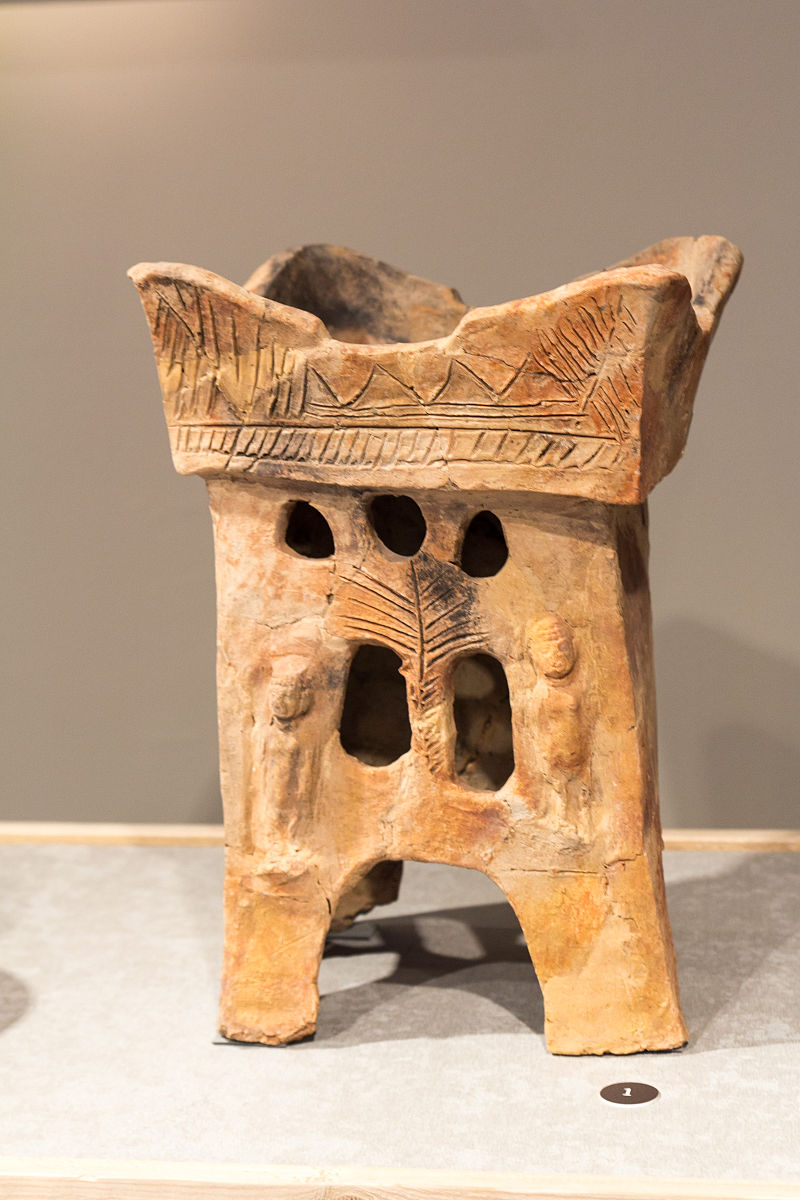
Asherah and Asherim notes
In the ancient Levant, doves were used as symbols for the Canaanite mother goddess Asherah. The Canaanite religion was the group of ancient Semitic religions practiced by the Canaanites living in the ancient Levant from at least the early Bronze Age through the first centuries AD. Canaanite religion was polytheistic and, in some cases, monolatristic. Some gods and goddesses were absorbed into the Yahwist religion of the ancient Israelites, notably El (who later became synonymous with Yahweh), Baal and Asherah, until…
-
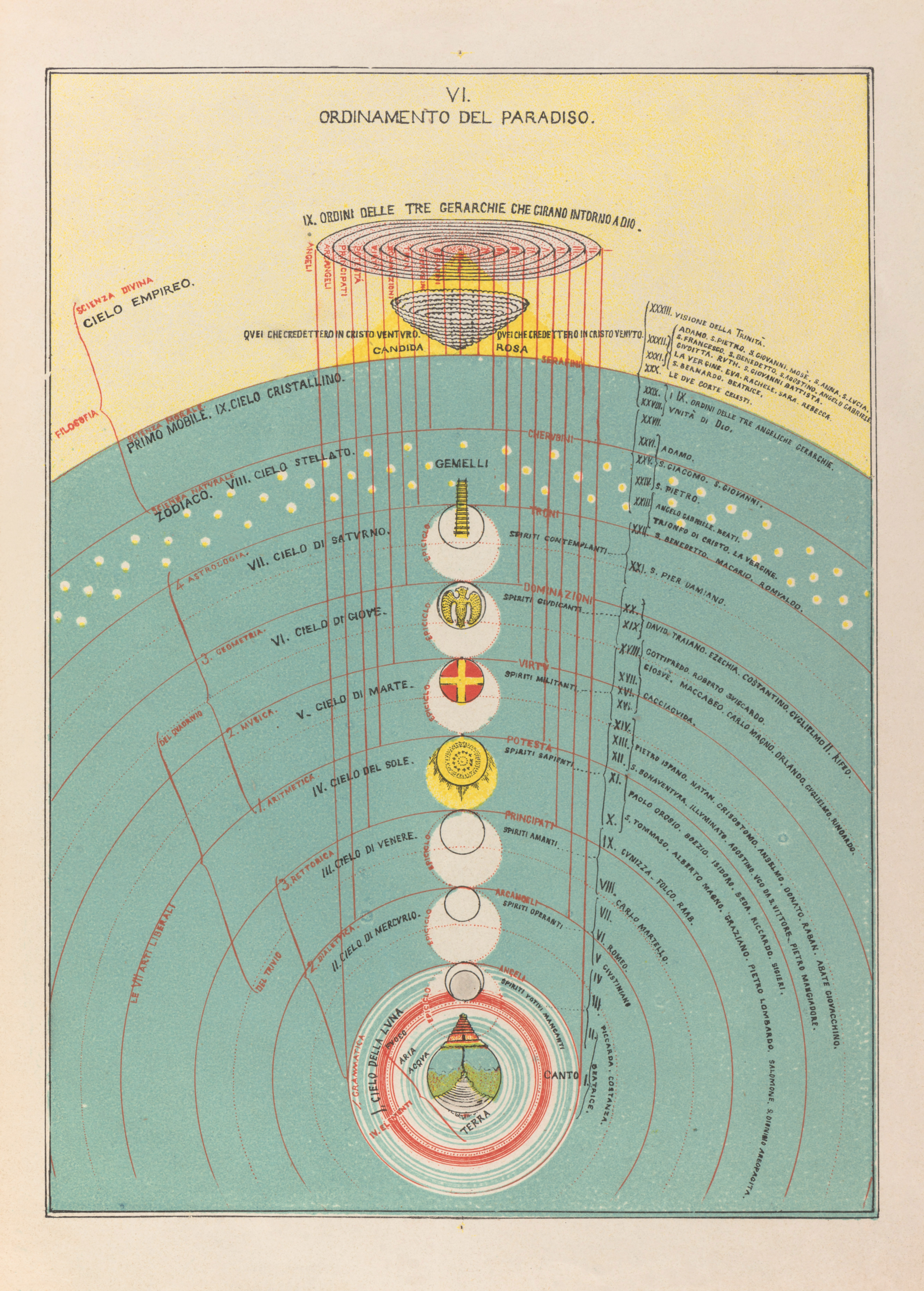
Seven heavens notes
In religious or mythological cosmology, the seven heavens refer to seven levels or divisions of the Heavens. The concept, also found in the ancient Mesopotamian religions, can be found in Judaism, Christianity, and Islam; a similar concept is also found in some other religions such as Hinduism. Some of these traditions, including Jainism, also have a concept of seven earths or seven underworlds both with the metaphysical realms of deities and with observed…
-
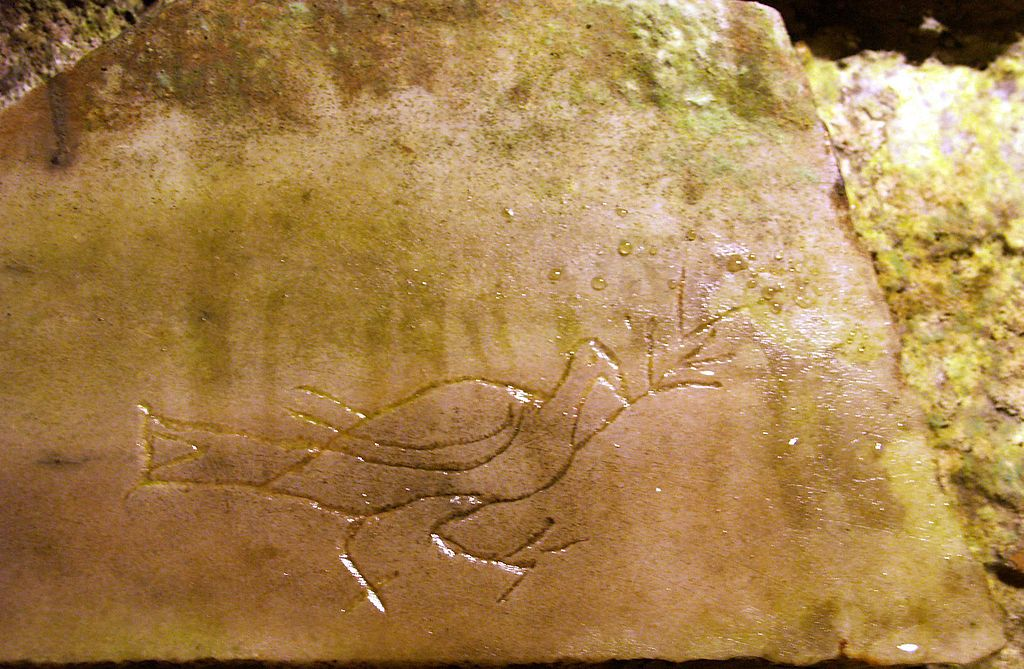
The dove and the raven and the flood notes
According to the biblical story (Genesis 8:11), a dove was released by Noah after the Flood in order to find land; it came back carrying a freshly plucked olive leaf (Hebrew: עלה זית alay zayit),[Gen 8:11] a sign of life after the Flood and of God’s bringing Noah, his family and the animals to land. Rabbinic literature interpreted the olive leaf as “the young shoots of…
-
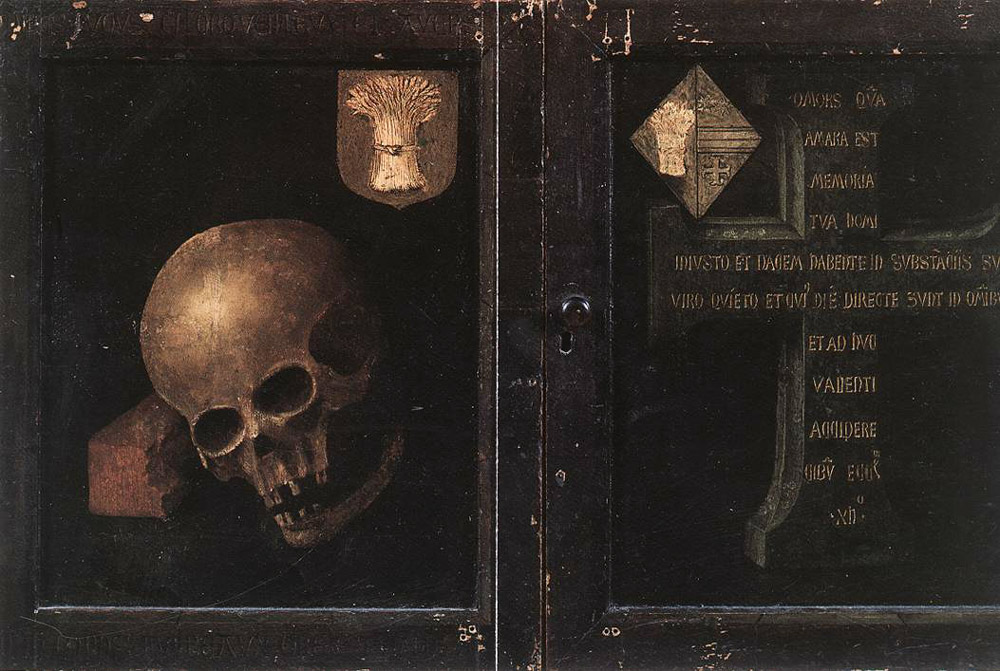
Memento mori (symbolic trope)
Memento mori (Latin for ‘remember that you [have to] die’) is an artistic or symbolic trope acting as a reminder of the inevitability of death. The concept has its roots in the philosophers of classical antiquity and Christianity, and appeared in funerary art and architecture from the medieval period onwards. The most common motif is a skull, often accompanied by one or more bones. Often this alone is…
-
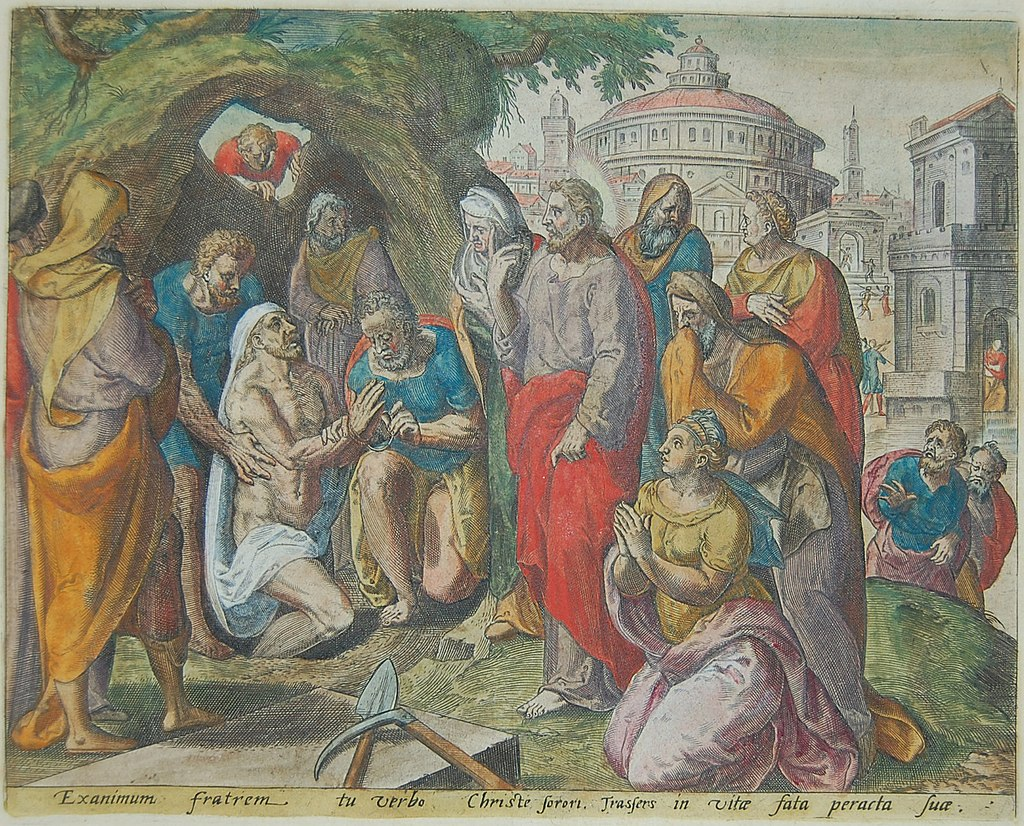
Lazarus of Bethany aka Righteous Lazarus, the Four-Days Dead
Lazarus of Bethany (Latinised from Lazar, ultimately from Hebrew Eleazar, “God helped”), also venerated as Righteous Lazarus, the Four-Days Dead in the Eastern Orthodox Church, is the subject of a sign of Jesus in the Gospel of John, in which Jesus restores him to life four days after his death. The Eastern Orthodox and Catholic traditions offer varying accounts of the later events of his life. In the context of…
-
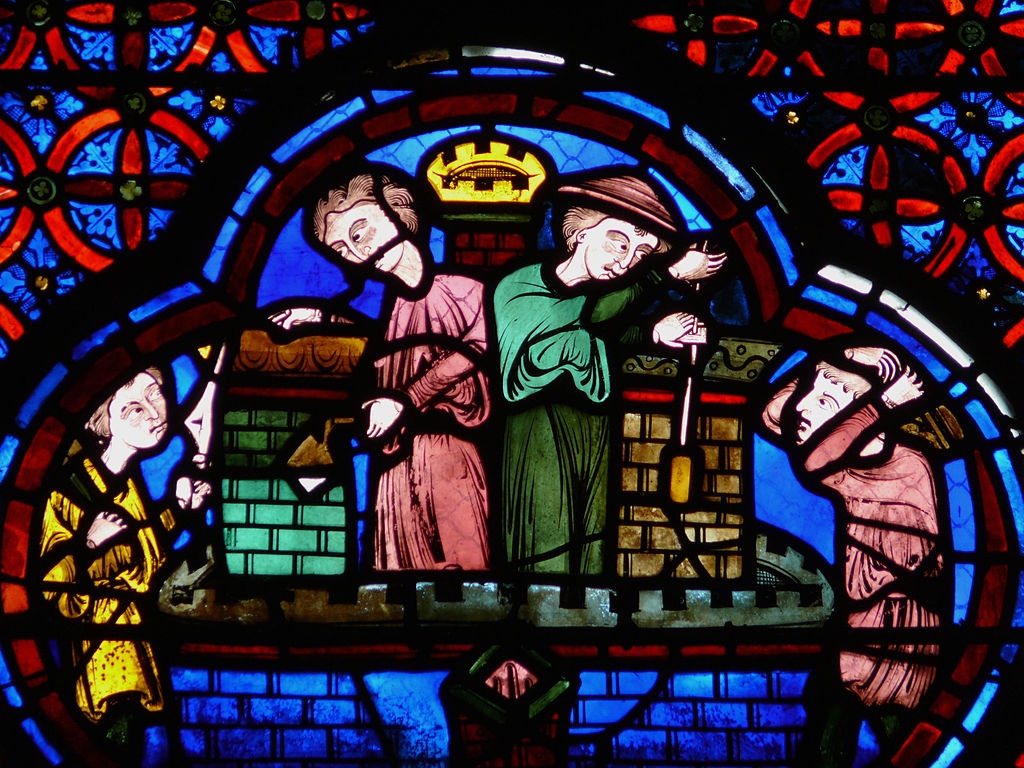
The rich man and Lazarus aka the parable of Dives and Lazarus
The rich man and Lazarus (also called the parable of Dives and Lazarus) is a parable of Jesus from the 16th chapter of the Gospel of Luke. Speaking to his disciples and some Pharisees, Jesus tells of an unnamed rich man and a beggar named Lazarus. When both die, the rich man goes to Hell and implores Abraham to send Lazarus from his side in Heaven to warn the rich…
-

Iphis Notes
In Greek and Roman mythology, Iphis or Iphys was a child of Telethusa and Ligdus in Crete, born female and raised male, who was later transformed by the goddess Isis into a man. (/ˈaɪfɪs/ EYE-fis, /ˈɪfɪs/ IF-iss; Ancient Greek: Ἶφις Îphis [íi.pʰis], gen. Ἴφιδος Ī́phidos) Mythology According to the Roman poet Ovid‘s Metamorphoses, there was a humbly born, but well-respected, man named Ligdus who lived in Phaestus with his pregnant wife, Telethusa. Ligdus said he wished for two things: that his…
-

Public Universal Friend aka Jemima Wilkinson
The Public Universal Friend (born Jemima Wilkinson; November 29, 1752 – July 1, 1819) was an American preacher born in Cumberland, Rhode Island, to Quaker parents. After suffering a severe illness in 1776, the Friend claimed to have died and been reanimated as a genderless evangelist named the Public Universal Friend, and afterward shunned both birth name and gendered pronouns. In androgynous clothes, the Friend…
-

Mouth of the Lion
Denunciation (from Latin denuntiare, “to denounce”) is the act of publicly assigning to a person the blame for a perceived wrongdoing with the hope of bringing attention to it. Notably, centralized social control in authoritarian states requires some level of cooperation from the populace. Denunciation boxes, or bocche di leone (lions’ mouths), were scattered throughout Venice, from the Doge’s Palace to the Dorsoduro district.…
-

Baetylus
Baetylus (also Baetyl, Bethel, or Betyl, from Semitic bet el “house of god”; compare Bethel, Beit El) are sacred stones that were supposedly endowed with life, or gave access to a deity. According to ancient sources, at least some of these objects of worship were meteorites, which were dedicated to the gods or revered as symbols of the gods themselves. Other accounts suggest that contact with…
-

Haruspex
In the religion of ancient Rome, a haruspex (plural haruspices; also called aruspex) was a person trained to practise a form of divination called haruspicy (haruspicina), the inspection of the entrails (exta—hence also extispicy (extispicium)) of sacrificed animals, especially the livers of sacrificed sheep and poultry. The reading of omens specifically from the liver is also known by the Greek term hepatoscopy (also hepatomancy). The Roman concept is directly derived from Etruscan religion, as one of…
-

Kermes is a red dye
Kermes is a red dye derived from the dried bodies of the females of a scale insect in the genus Kermes, primarily Kermes vermilioThe Kermes insects are native in the Mediterranean region and are parasites living on the sap of the host plant, the Kermes oak (Quercus coccifera) and the Palestine oak (Quercus calliprinos). These insects were used as a red dye since antiquity by the…
Recent Posts
- 🧬 Disease Table with Low Sodium Connection
- 🧂 Sodium Reduction and Sodium Replacement: A History of Reformulation and Exploding Diseases, Including Many Diseases Unheard of Before Deadly Sodium Policies
- 🧂 The DEADLY 1500 mg Sodium Recommendation predates the WHO’s formal global sodium reduction push by nearly a decade (and it’s even worse than that)
- 🧬 What Is Beta-Glucuronidase?
- When Sugar Was Salt: Crystalline Confusion and the Covenant of Sweetness
Tags
ADAM ASPARTAME Birds Blood Bones Brain Bugs Cancer Columba Cows crystallography Death Death cults Eggs Etymology Gastrin Gold Growth hormone History Hormones Insulin Liver Mere Perplexity Metal Monkey Business Mythology Paracetamol Plants Poison Pregnancy Protein Religion Reproduction Rocks Salt Slavery Snakes Sodium the birds and the bees Thiocyanate Tobacco Tylenol Underworld Venom zinc